What Is Special VFR (SVFR) and How Can You Use It?
Pilot Institute
JANUARY 24, 2025
Special VFR is a clearance issued by Air Traffic Control (ATC) that allows pilots to operate in weather conditions below the standard VFR minimums. Lets take a look at special VFR clearances in detail so that you can make an informed decision about using them in the future. Student pilots cannot request Special VFR clearances.

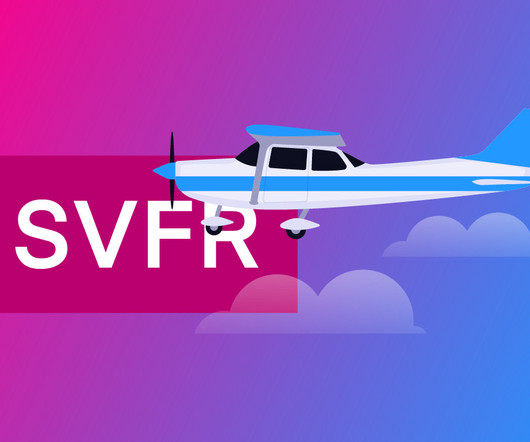






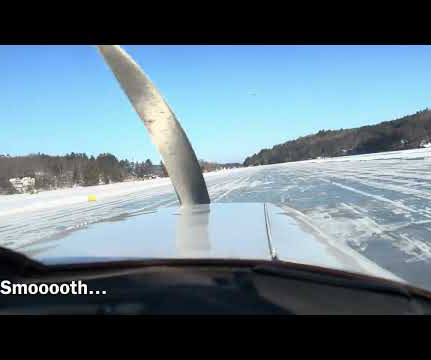

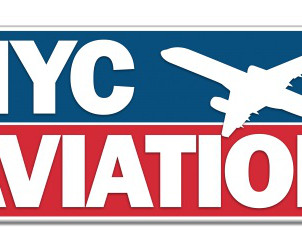
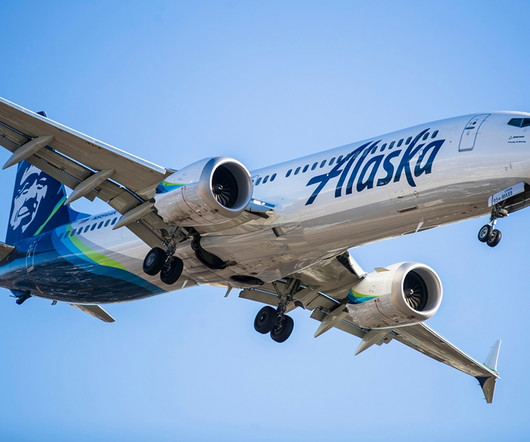
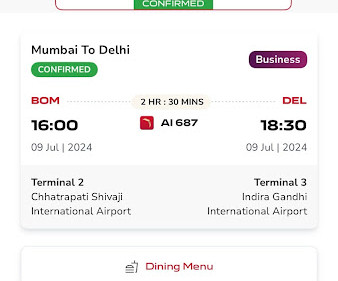






Let's personalize your content